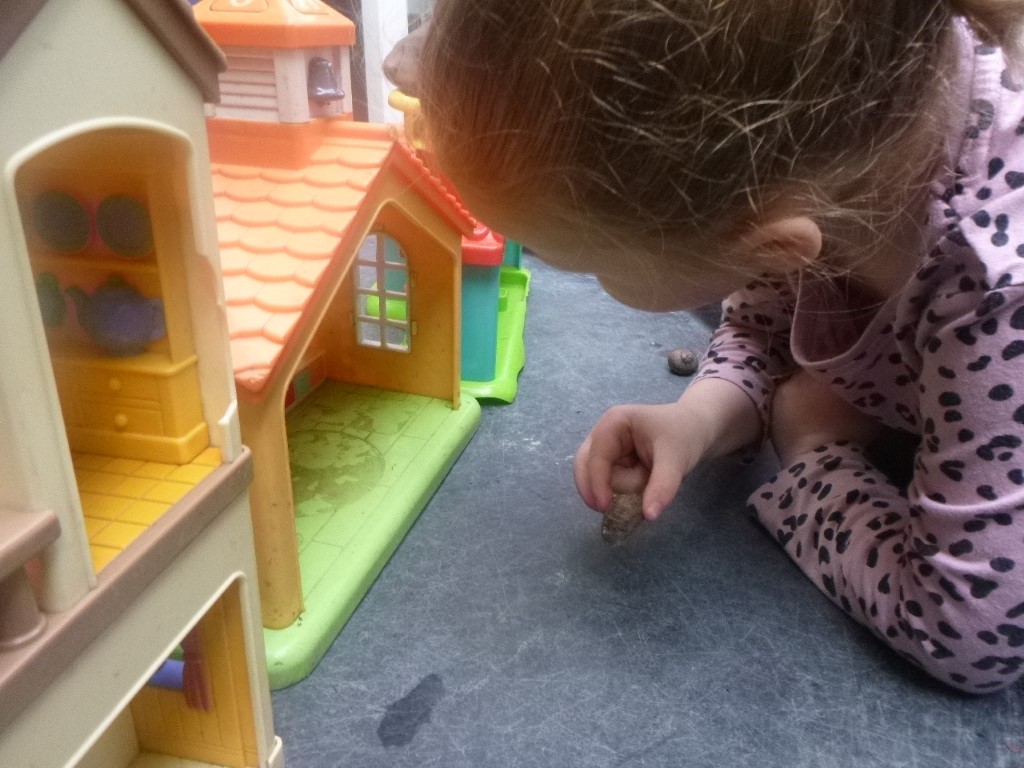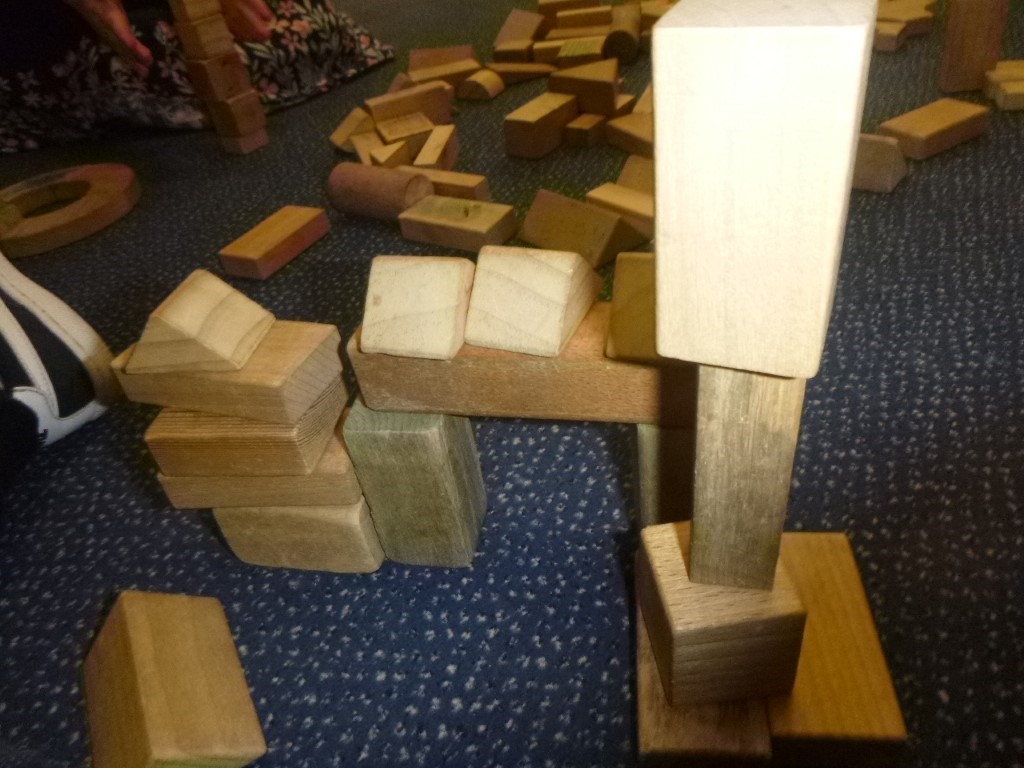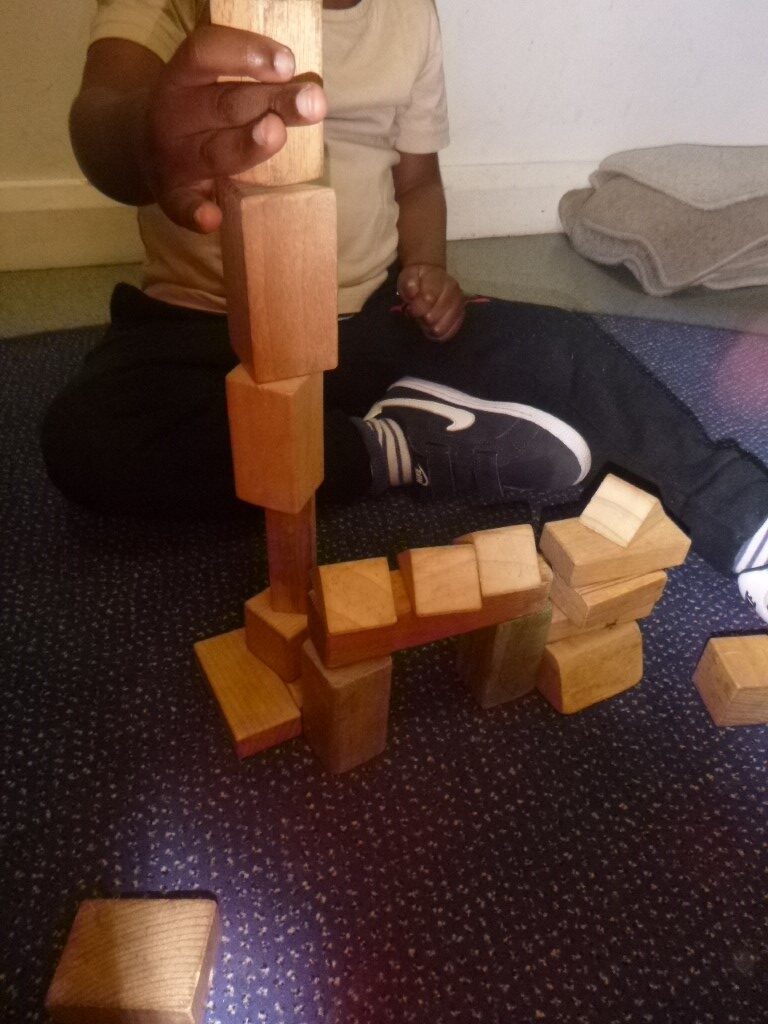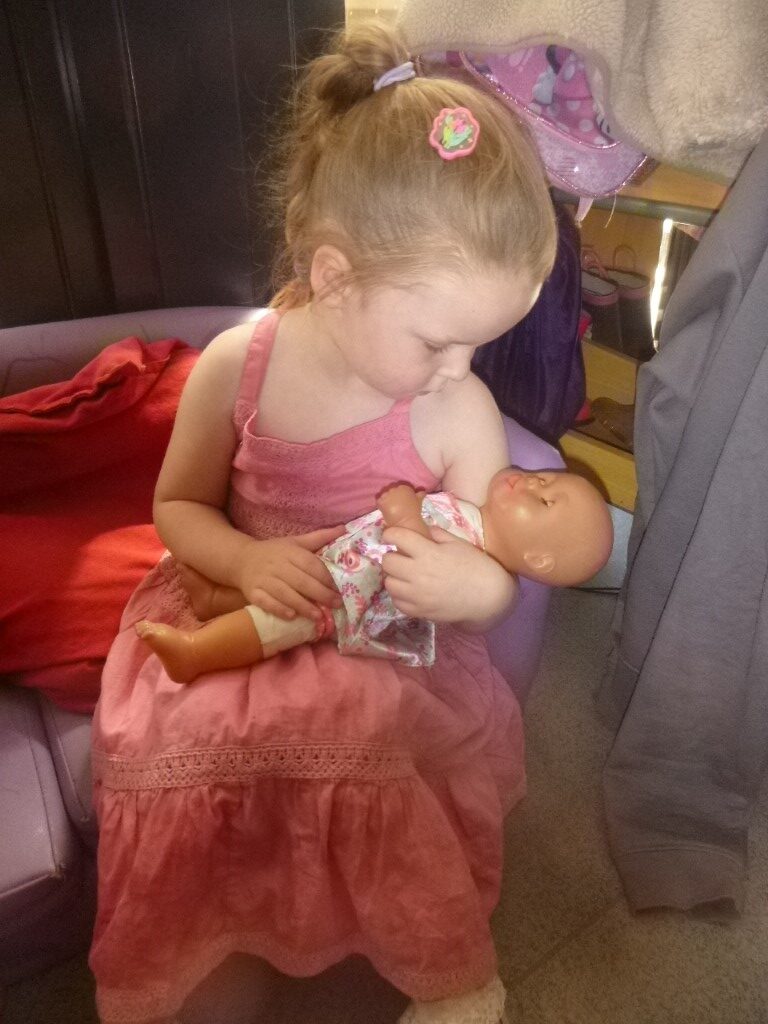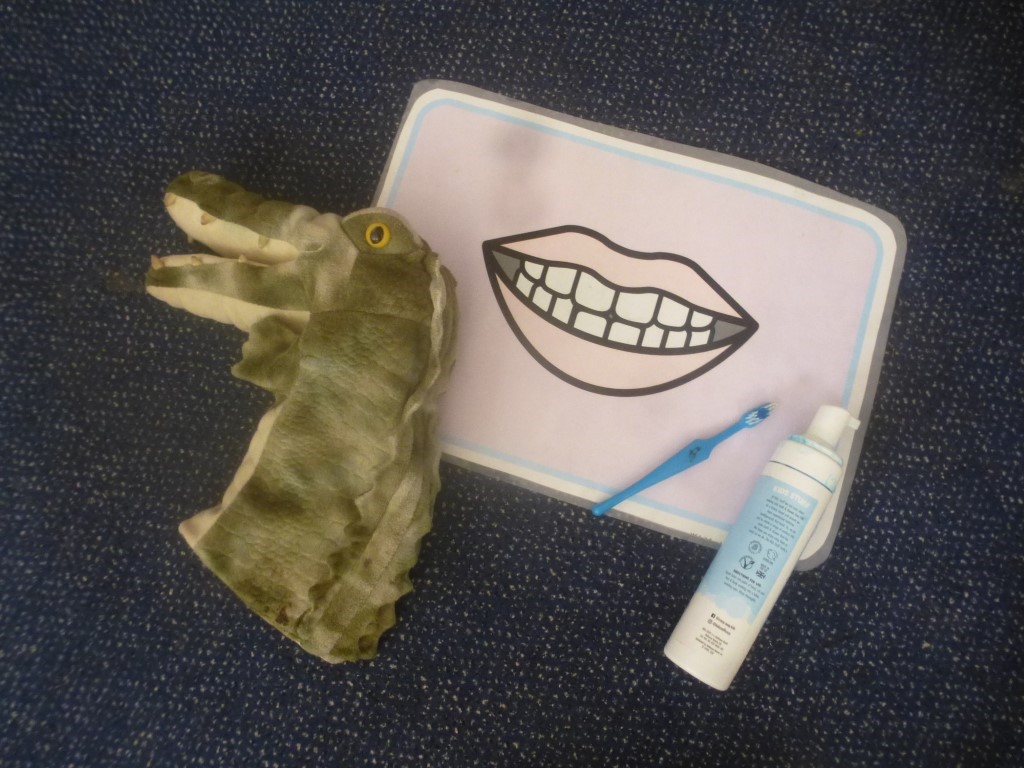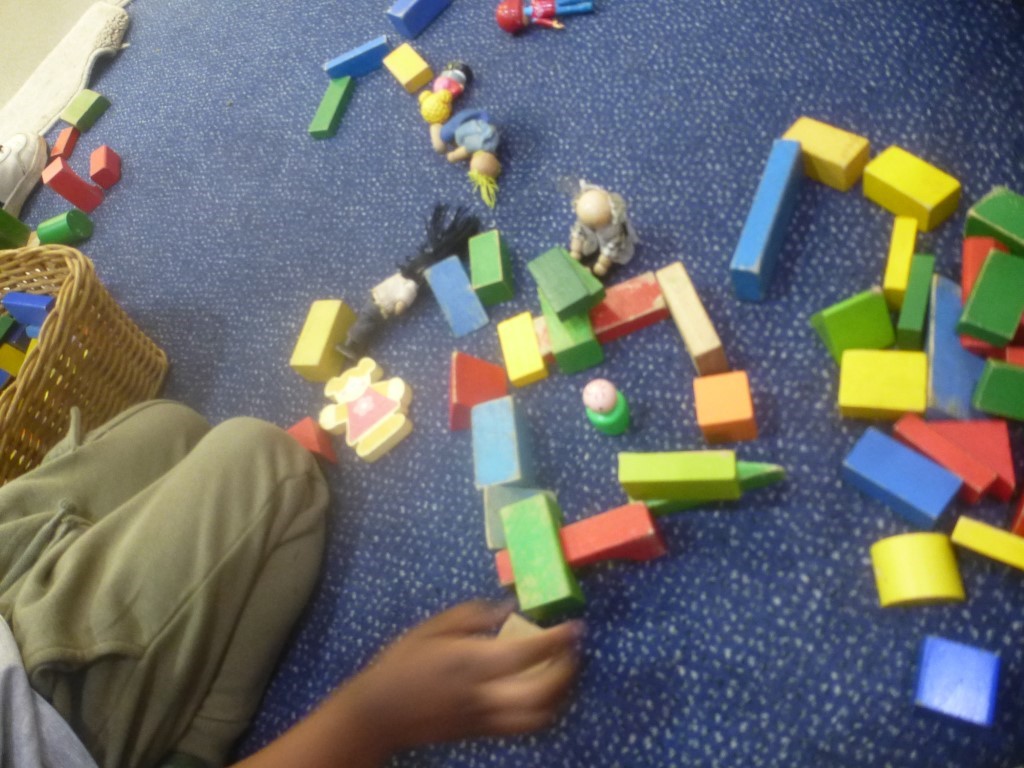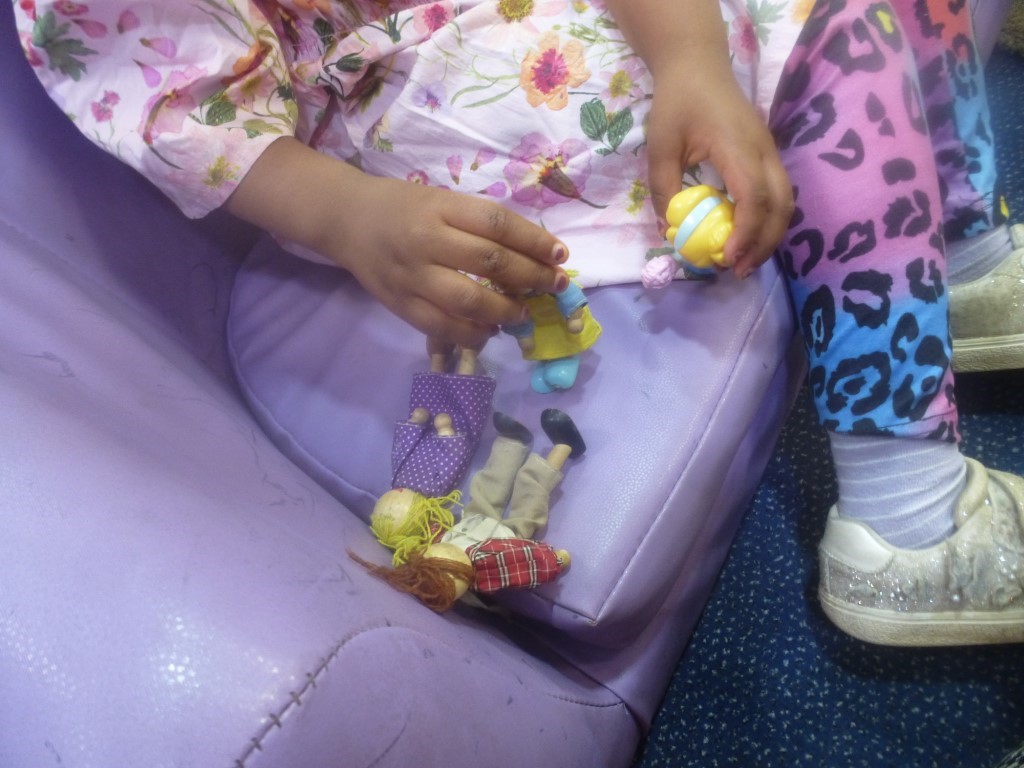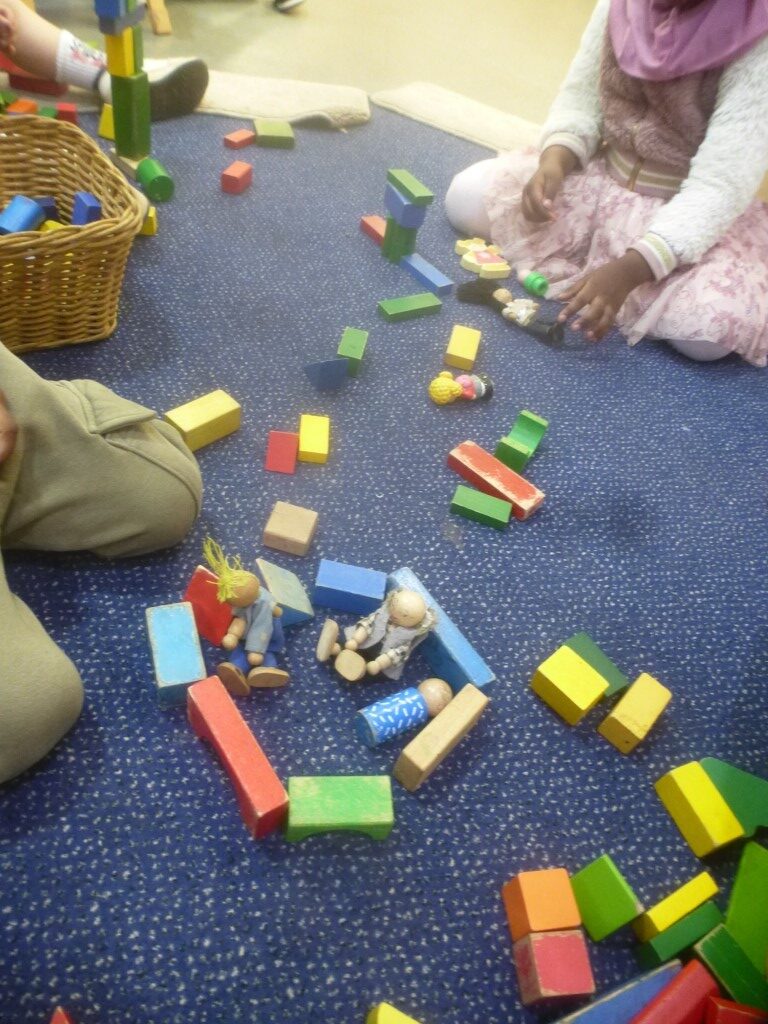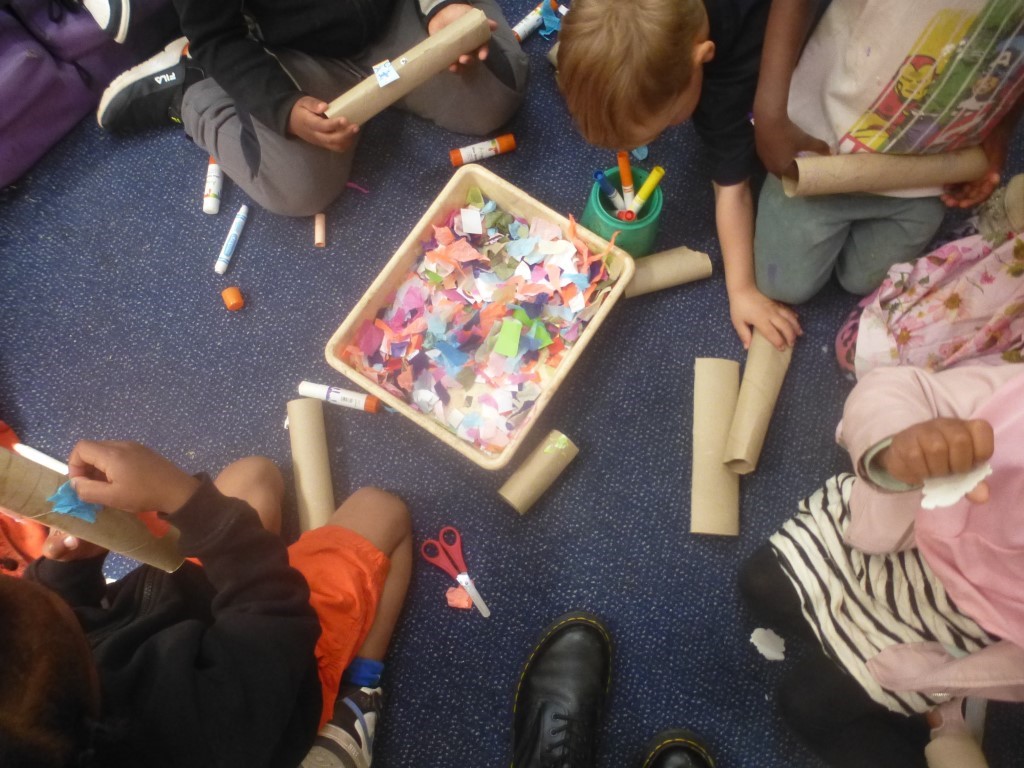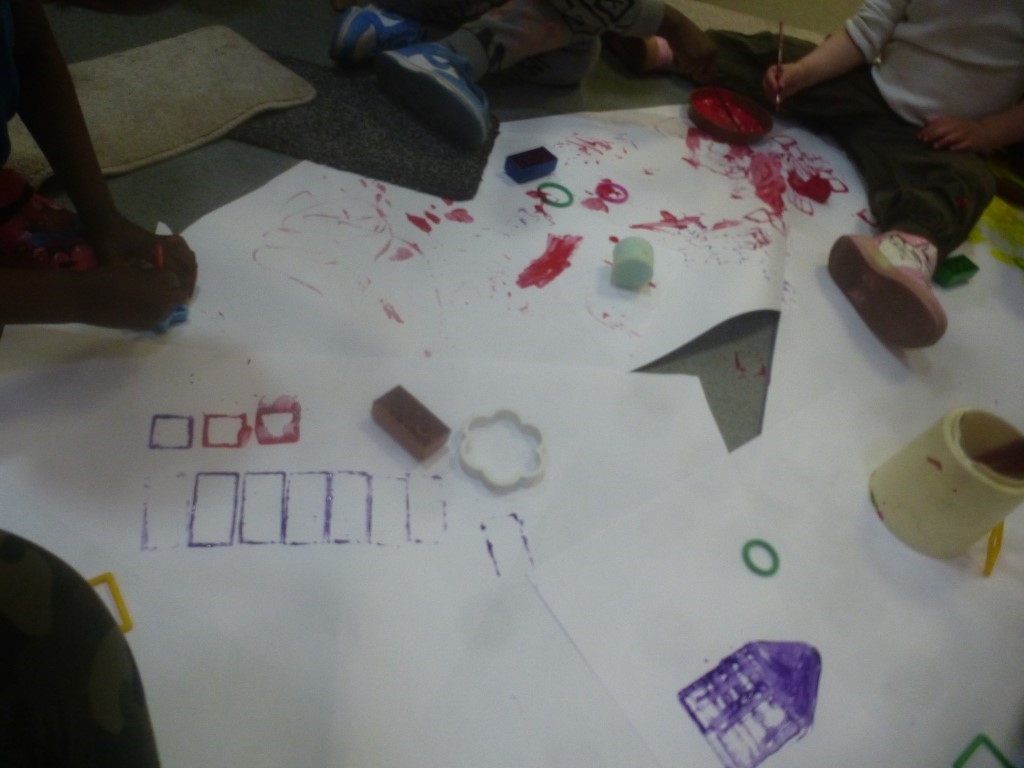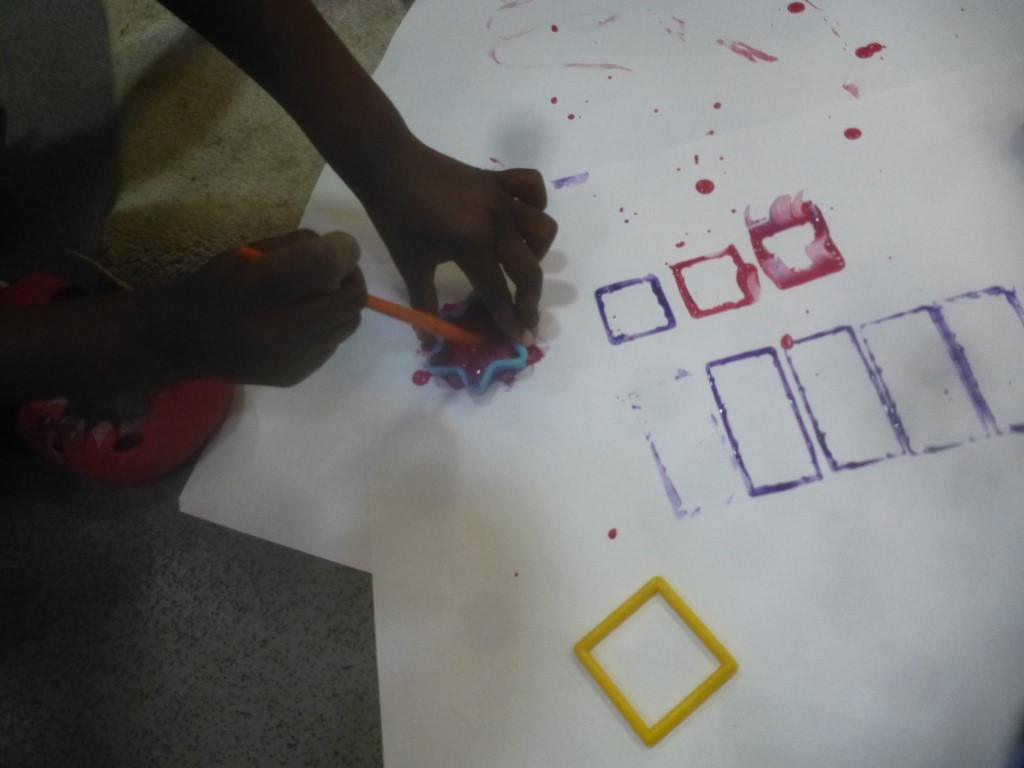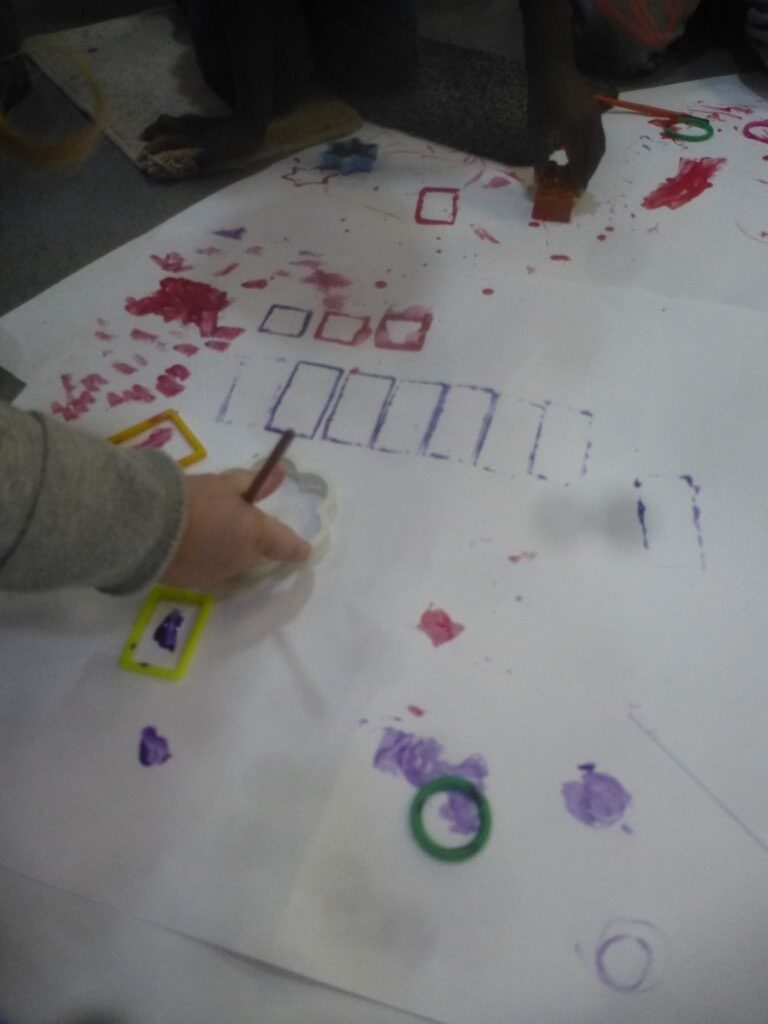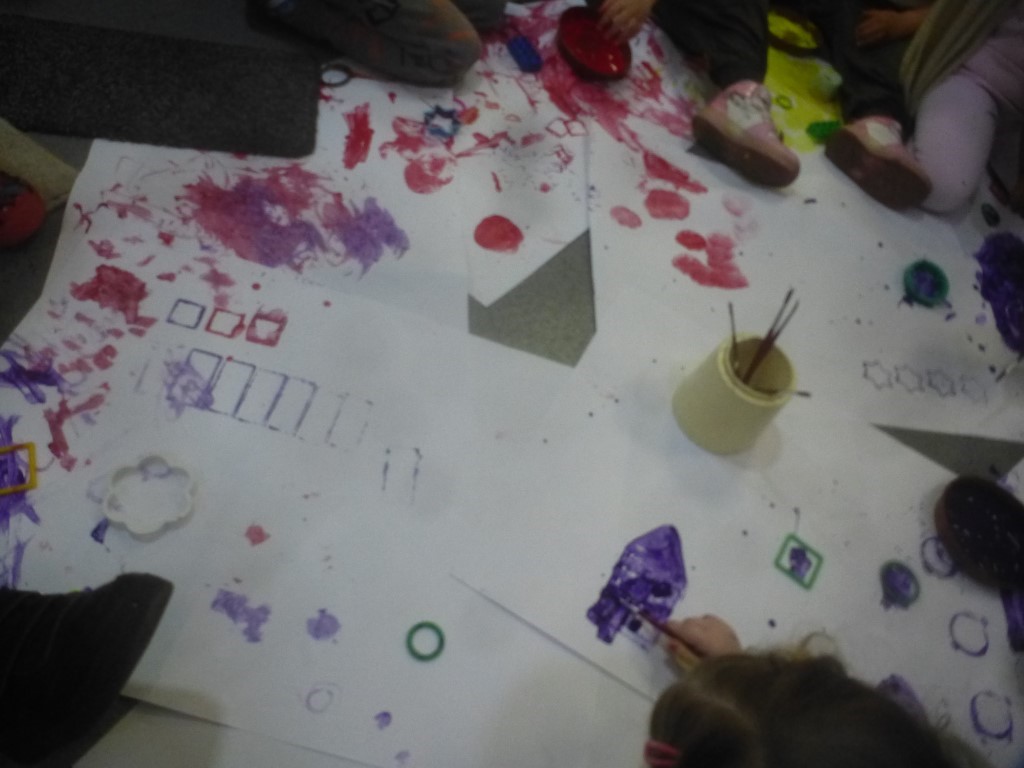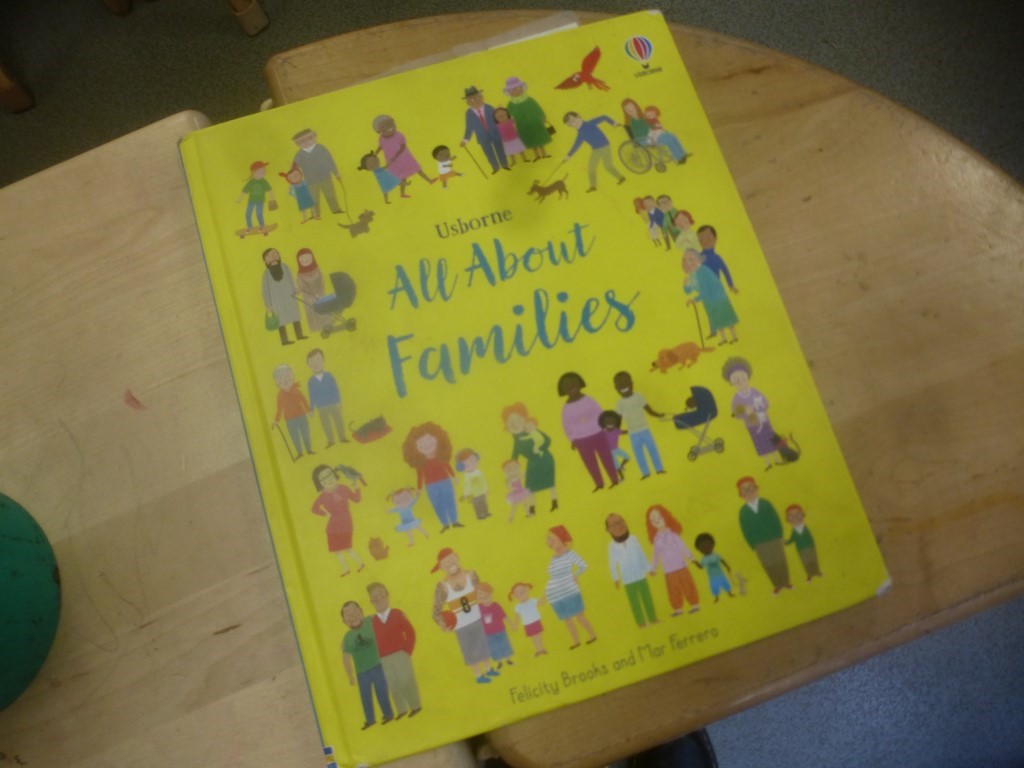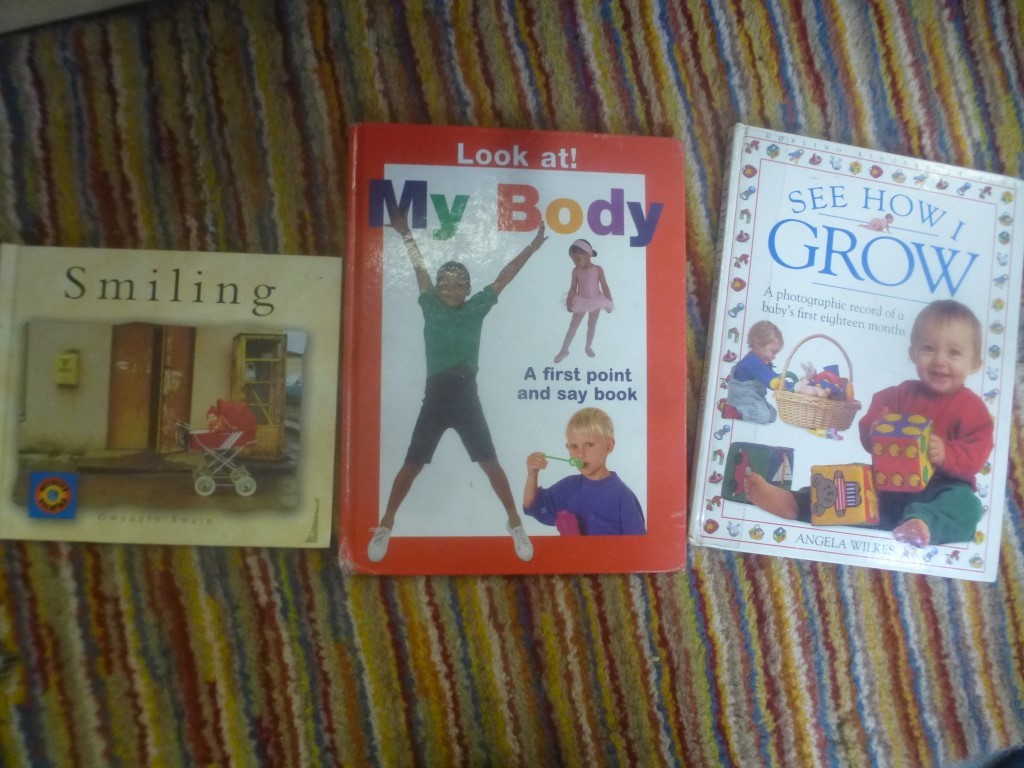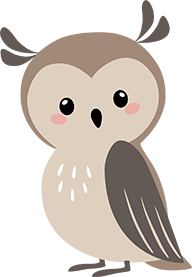This term, children in the Zebra and Tiger rooms at Cashmore Early Years Centre have been engaging in a wide range of exciting learning experiences, all thoughtfully linked to the Early Years Foundation Stage (EYFS) framework. These activities have supported their development across several key areas, including communication and language, personal, social and emotional development, and understanding the world.
As part of our focus on health and self-care, children have been learning about dental hygiene. They explored books about visiting the dentist, practiced saying “ahhh,” and took turns brushing laminated teeth sheets. These activities helped children understand the importance of brushing each tooth and develop the fine motor skills needed for circular brushing motions.
In our exploration of the human body, children traced around their hands and feet, comparing sizes and shapes, and counting fingers and toes. They enthusiastically joined in with songs like “Head, Shoulders, Knees and Toes” and “If You’re Happy and You Know It,” which supported their understanding of body parts and emotions. Reading non-fiction books further enriched their vocabulary and knowledge of the human body.
Our learning about families included reading the book All About Families, which introduced children to a variety of family roles and names such as uncle, cousin, and brother. Through imaginative play with small world figures and baby dolls, children acted out family scenarios, deepening their understanding of relationships and social roles.
Children also enjoyed activities focused on learning their own names and those of their peers. Through songs like “Hickety Tickety Bumblebee” and turn-taking games such as “Someone’s in the Middle” and “Sandy Girl/Boy,” they practiced listening to initial sounds, clapping syllables, and taking turns—important skills for communication and social interaction.
Finally, we explored the theme of “where we live.” Children built homes from bricks, created junk model houses using glue and tissue paper, and used shapes and paint to print pictures of buildings and familiar places. These creative activities encouraged children to talk about different types of homes, use basic shapes, and make purposeful artistic decisions.
